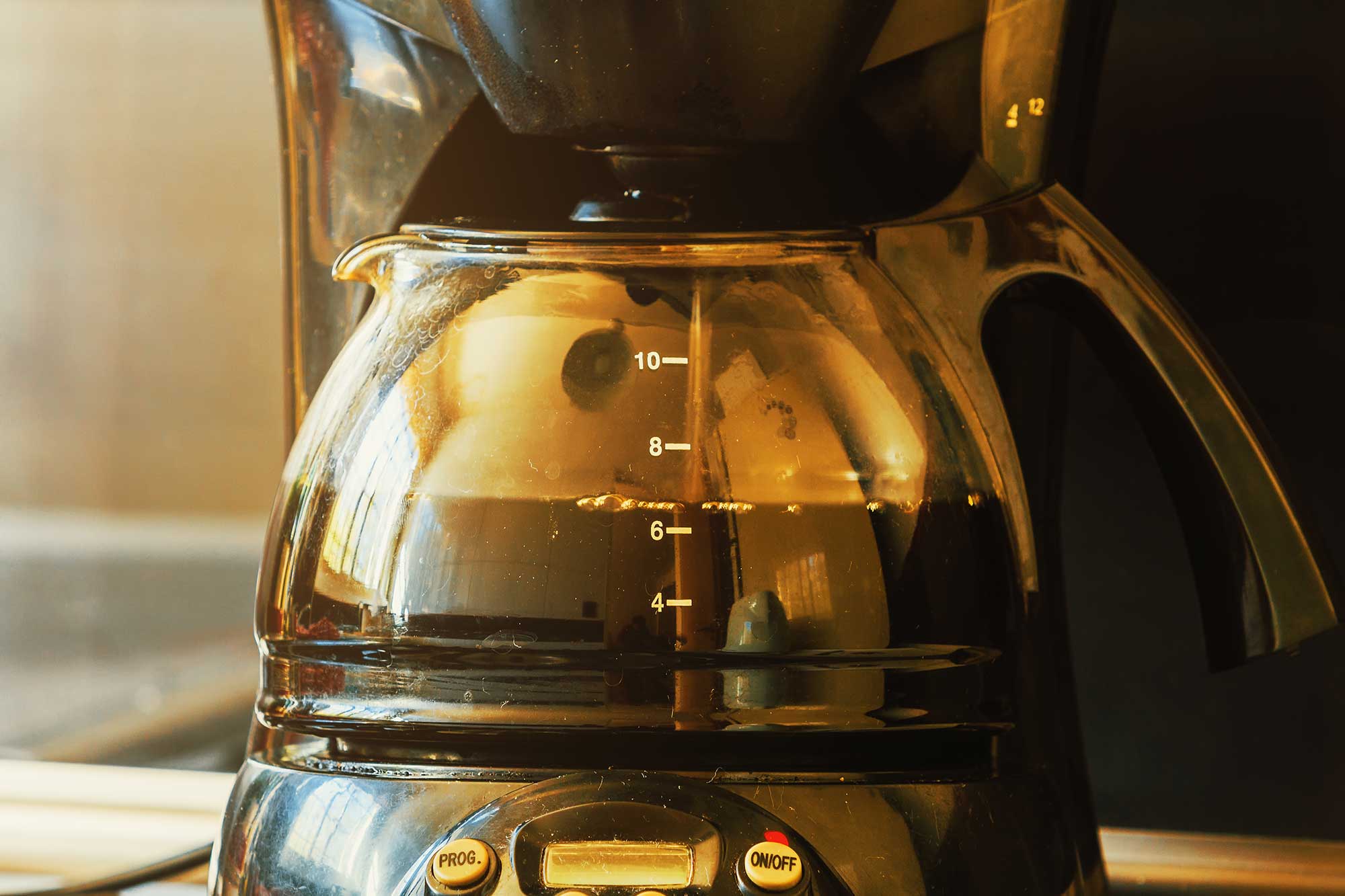We’ll start with an important PSA: We’re not coming for your cold brew. We prize our morning cuppa as much as any eco-conscious latte lover, but we also know that our beloved brew has a hefty impact on the environment. Americans drink 465 million cups a day—more per person than water or soft drinks, according to one report.
At 0.4 kilos of carbon dioxide equivalent emissions (CO2e) per cup, that amounts to 186 million kilos of planet-warming gases a day, which is equivalent to a coal-fired power plant burning for about 17 days. Not awesome, but for context, our burger habits are way worse: A quarter-pound of beef coughs up 11.3 kilos of CO2e, and the country downs more than 136 million of ’em a day, which is around 1.5 billion kilos of CO2e a day—or a coal plant running for close to 20 weeks.
With coffee though, there are steps you can take to ease the impact of your morning mud. Depending on its origin, 40% or more of coffee’s greenhouse gas emissions come from the production phase, which includes growing, harvesting, and processing the beans. That means how they’re shipped, roasted, and prepared in your kitchen or local café can make a difference. In other words, how you make—and take, and toss—your coffee can add up. So let’s break it down.
Brew only what you need
Every now and again, a study makes the rounds that points out what might seem to be a counterintuitive fact: that pod coffee is gentler on the planet per-cup than filtered or French pressed. The takeaway, though, is not that we should all switch to Nespressos; it’s that we should waste less coffee. Encapsulated brews tend to squander fewer resources (namely grounds, water, and electricity) than most other methods because they’re perfectly portioned to use only as much as they need per cup. Instant coffee is on par with pods because it too is usually a single-cup, use-what-you-drink proposition. (Plus, there are no spent grounds going to the landfill.) French presses and traditional drips fall down largely due to excess. They can suck up extra water, electricity, and grounds because folks often make an entire pot when they only need a couple cups.
Opt for an alt milk
If you’re pouring cow’s milk into your coffee, you could be quadrupling that cup’s climate woes. Plant-based milks have significantly lower impact than moo juice: At 3.2 kg of CO2e per liter, dairy milk spurts around three to four times the emissions of soy, rice, oat, or almond. To put that in cappuccinos: If 150 milliliters of cow’s milk goes into one frothy bevvy, that nets 0.48 kg CO2e per drink, compared with 0.14 kg CO2e for a cap made with oat milk.
Ditch disposable cups
All those paper cups you get at Starbucks or your favorite café have a thin inner lining made of plastic, rendering them anything but recyclable. And the U.S. runs through literal tons: 136 million cups every single day. (Don’t get us started on the clear plastic ones used for iced coffee.) Sure, washing mugs uses water and electricity, so if you want to lower your impact even further, wash the dishes in warm rather than hot water, or in a fully loaded, energy-efficient dishwasher.
Keep coffee out of the landfill
Brewed more than you can use? Consider freezing excess into cubes, which is a handy way to avoid watering down your cold brew. Even spent coffee grounds can be a multipurpose marvel. Your plants will love them because they’re a natural fertilizer, and they’re also excellent for cooking and baking. In fact, they happen to be the secret ingredient in a bunch of tasty recipes, including our scrumptious “compost” cookies.

